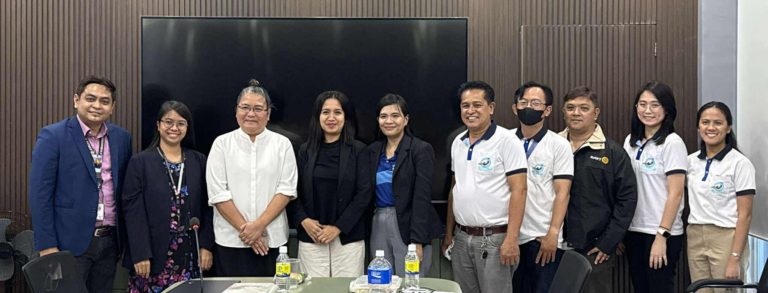The time when the Dagupan City Water District, then known as the Dagupan Waterworks and Sewerage Administration or DAWASA, was managed and operated by the Dagupan City government and held office at the back of the Dagupan City Hall.
The roots of DCWD trace back to the Dagupan Waterworks and Sewerage Administration (DAWASA), which was established to manage the city’s water supply with just 12 turbine pumps. Initially, its services were limited to the downtown area, but a transformative shift occurred in 1987 when DAWASA evolved into DCWD under the auspices of Presidential Decree No. 198. This decree enabled local governments to establish their own water districts, paving the way for enhanced management and operations.
Under the leadership of Engineer Silverio C. Coquia, DCWD began its journey on July 28, 1987, from a modest headquarters at the city’s main water tank, affectionately known as “tangke.” Over the years, the District expanded its infrastructure and services, evolving into a Government-Owned and/or Controlled Corporation (GOCC) in 1992. Despite facing significant challenges, including the devastation caused by the 1990 Luzon earthquake, DCWD remained resolute. The appointment of Ramon C. Reyna as General Manager during the crisis marked a turning point, leading to a successful overhaul of the water system by 1994 consisting of one (1) 2,450-cubic meter ground reservoir and 3 new deep wells with a capacity of 25 to 30 liters per second (lps). The District’s pipelines were increased to a total length of 28,512 lineal meters, with sizes ranging from 50 to 600 millimeters in diameter.
This period was the beginning of reform and development of DCWD, recording an average increase of concessionaires and pump output of 15-20% per year. It was also during this time (1994) when the peak-hour pump house and the 2,500-cubic meter capacity water reservoir began its operation. In 1999, there were already 15 deep wells in operation and all turbine pumps were replaced with modern and submersible pumps and motors.
After General Manager Reyna’s retirement in 2013, Adelfo B. Valle took over, leading a series of continuous expansion and improvement projects. In 2020, Rizaldy T. Mandap succeeded him, effectively addressing the health and socio-economic impacts of the COVID-19 pandemic while continuing other improvement initiatives. On July 10, 2024, Gretchen G. Buena was appointed as the first female General Manager of DCWD, ready to innovate, enhance and sustain the District’s operations and services.







